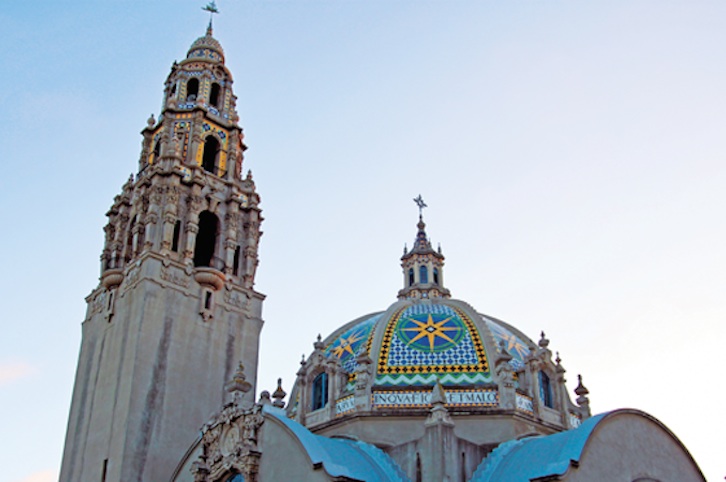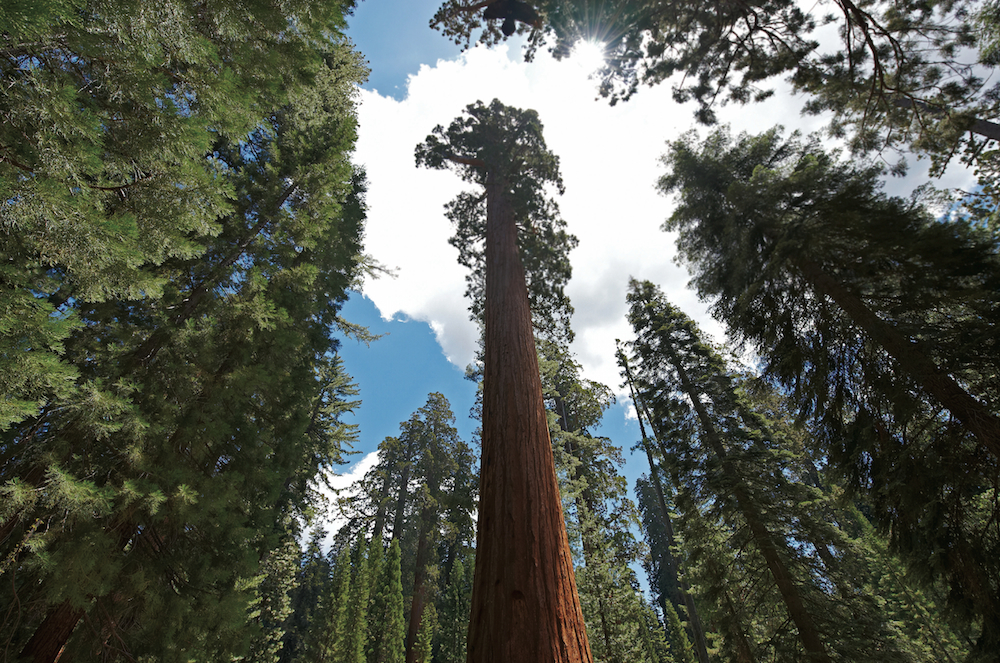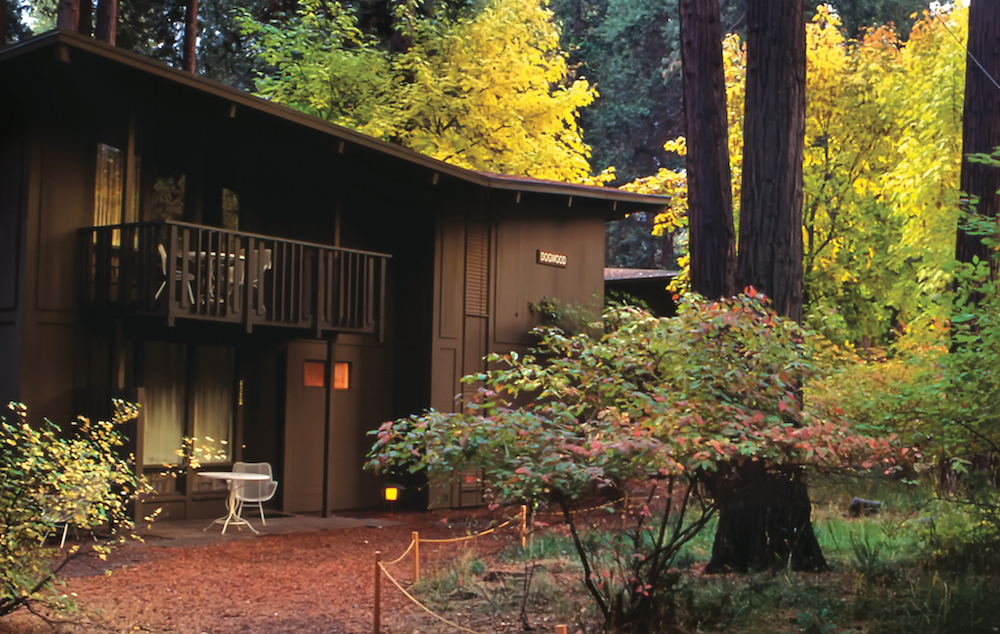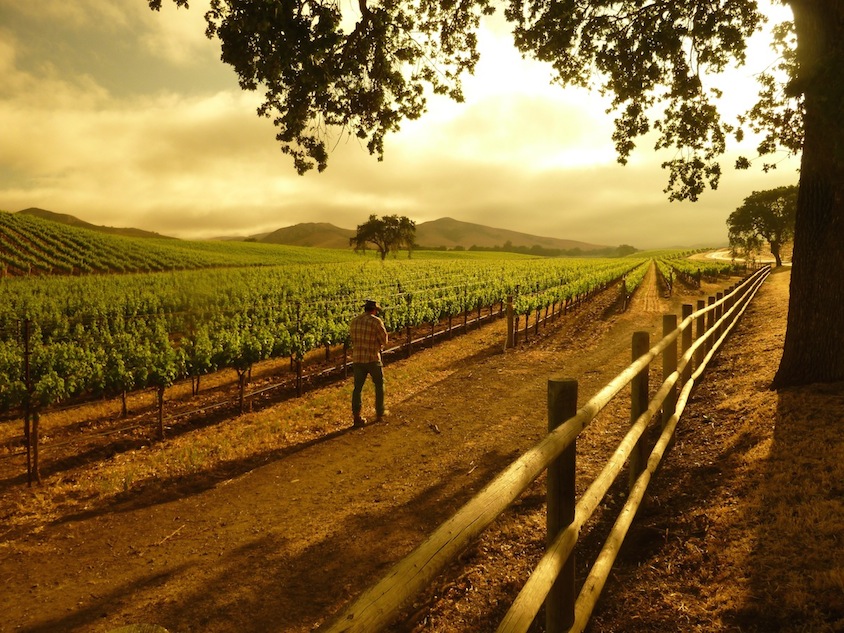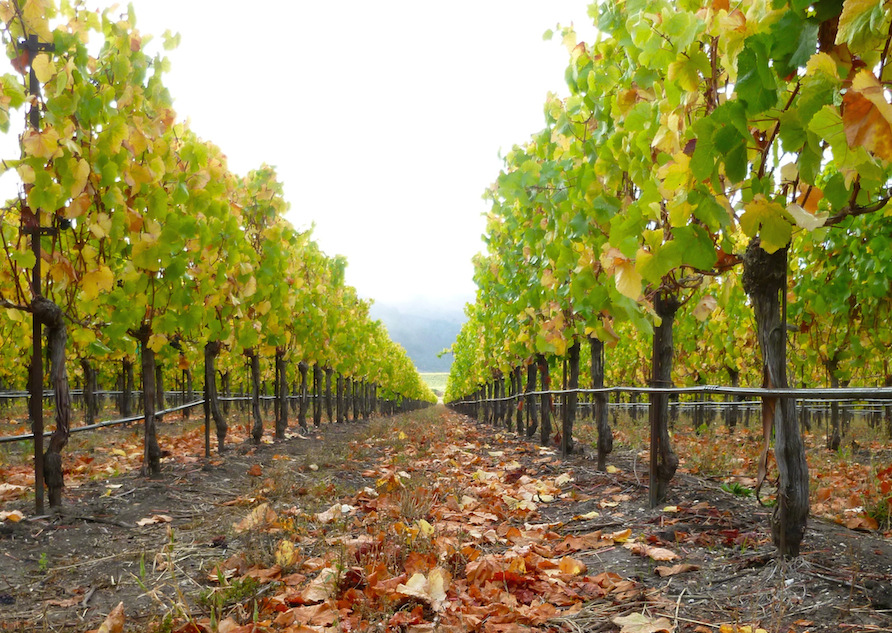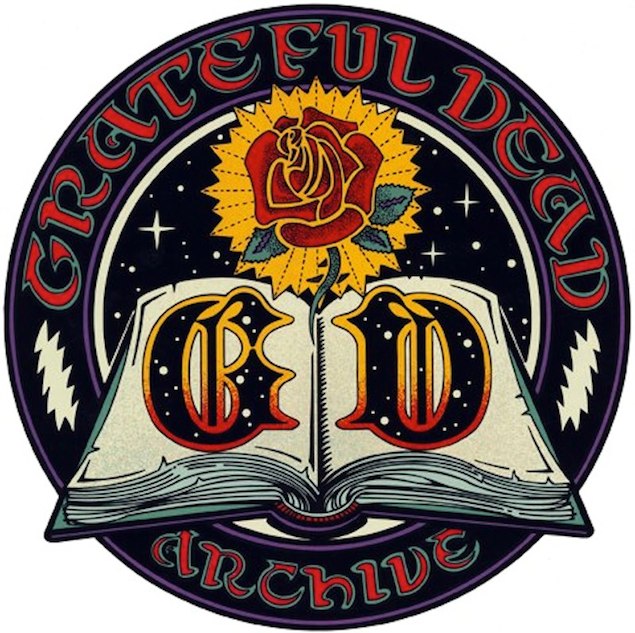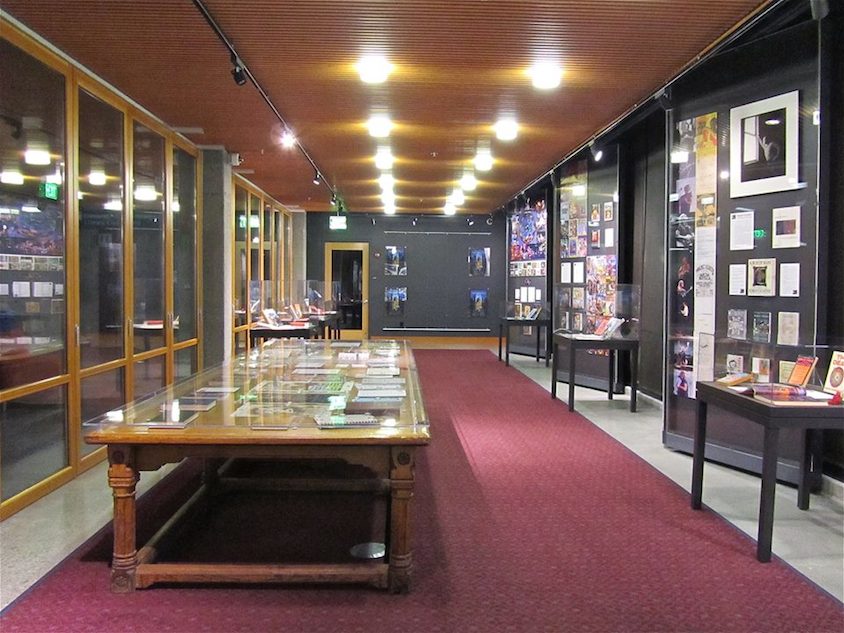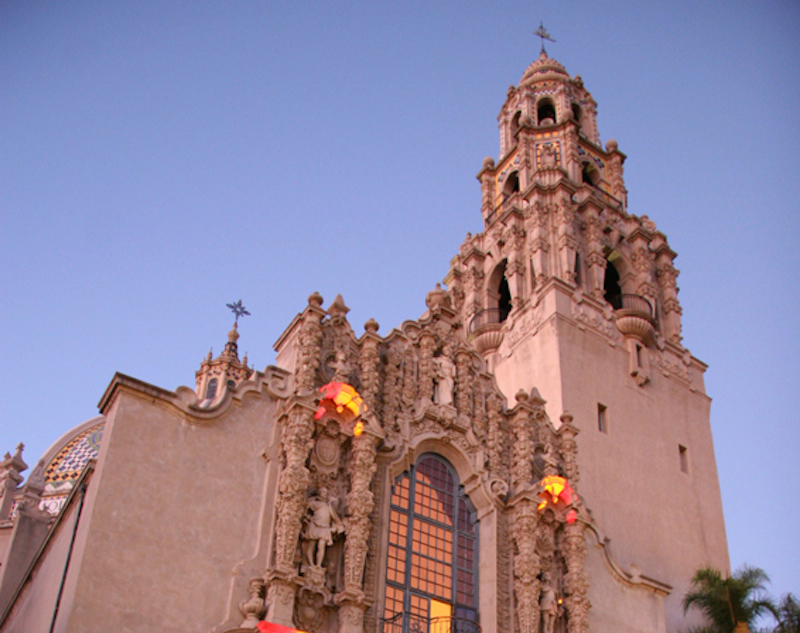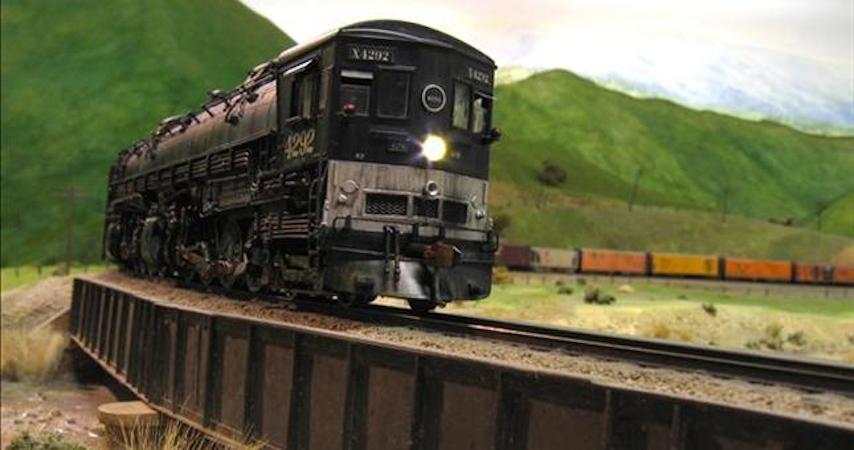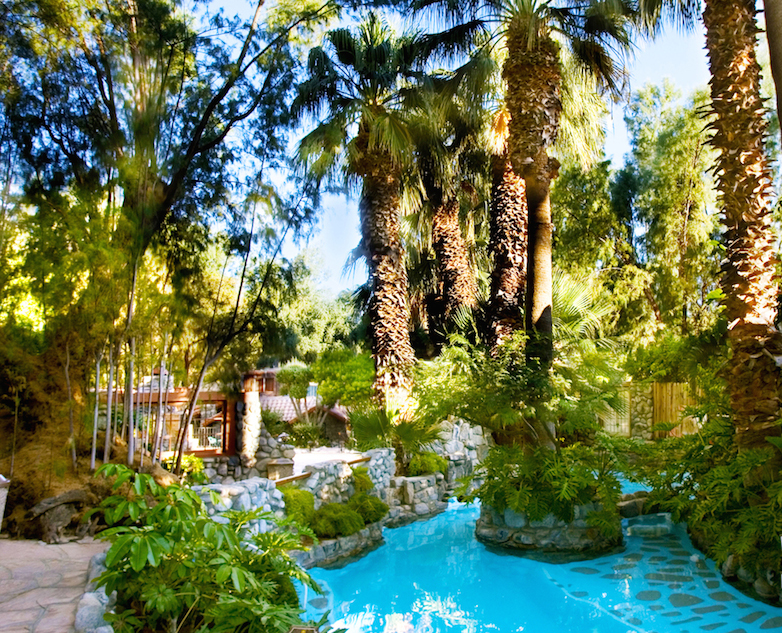There’s way more to California than the City of Angels and “Baghdad-by-the-Bay”(in the words of the late great San Francisco Chronicle columnist Herb Caen). Twenty-five national parks, for example – and over 130 viticulture areas. In other words, wine is not just about Napa and Sonoma – and California is bigger than its two largest cities.
One out of eight Americans lives in California – wrap your head around that fact – but then there’s a lot of area to cover (and eight of the nation’s 50 most populated cities). As the nation’s most populous state, California has 12 tourism regions: from the North Coast and Shasta Cascade to the Deserts in the south.
Make time to discover the rest of the great Golden State. Make this the summer of “California or bust.”
Yosemite and the Mariposa Grove of Giant Sequoias: There’s something about Yosemite that evokes memories of idyllic childhood vacations: overnights in cabin tents, rafting on the Merced River, and trail rides on sure-footed mules. Some visitors still recall the famous drive-through tree, the Wawona Tunnel Tree, which was located in the Mariposa Grove.
Alas, the Wawona Tunnel Tree fell during the winter of 1968-9 (due to the huge hole cut in the tree and the damage to the tree’s roots caused by road pavement) – but still standing is the Grizzly Giant, one of the largest giant sequoias on the planet, and the California Tunnel Tree, a walk-through tree whose hole was originally cut for horses and carriages.
Located two miles from Yosemite’s south entrance, the Mariposa Grove of Giant Sequoias is the largest stand of giant sequoias in Yosemite National Park. Activities in the Mariposa Grove include hiking and guided tours by rangers.
Throughout the spring and summer seasons, Yosemite glistens under the glow of sunshine and blue skies. The park’s natural wonders include waterfalls, mountains, forests, and resplendent meadows in full bloom.
California Wine Month: Wine grapes use less water than most crops and California’s Mediterranean climate is one of the reasons that the state is an ideal place to grow grapes for high-quality wines. There’s so much diversity in the terroir of California that more than 100 varieties of grape are grown throughout the state, which enables winemakers a broad palette with which to create complex varietals and expressive blends.
So vast is California’s viticulture that it encompasses more than 134 unique areas. Each September, California Wine Month celebrates one of the state’s most acclaimed agricultural products along with the vintners and growers who make the Golden State such an oenophile’s paradise. Wineries and wine-growing regions throughout the state honor the harvest with more than 100 wine events and festivals that include special tastings, wine immersion experiences, tours, and concerts. With the aroma of fermentation in the air, visitors can mingle with winemakers as they harvest and crush grapes.
Wine Institute is an association of 1,000 California wineries and wine-related businesses that initiate and advocate public policy to enhance the environment for the responsible production, consumption and enjoyment of wine through leadership in sustainable winegrowing.
If you can’t wait until September, consider the Santa Barbara Vintners Spring Weekend from 23-26 April, 2015 when more than 100 wineries partner and pair with restaurants and food purveyors for a food festival grand tasting. A cornucopia of winemaker dinners, vineyard walks, seminars, tasting rooms, artisans, live music, and local art help to make Spring Weekend the premier wine event of the spring season.
Grateful Dead Archive at UC Santa Cruz: The history of the Sixties is often written in song and in social activism – and the year 1965 marked the founding of both UC Santa Cruz and the Grateful Dead. Now celebrating their 50th anniversaries in 2015, it’s fitting that the Grateful Dead Archive is housed in McHenry Library at UC Santa Cruz.
As founding member Bob Weir stated, “It seemed to all of us that the stuff really belongs to the community that supported us for all those years. And Santa Cruz seemed the coziest possible home for it.” Both institutions were founded in 1965 with a utopian sense of promise and the power of protest. The Archive contains show files of tours and concerts, posters, photographs, tickets, backstage passes, and laminates documenting the band’s recordings and performances.
Of particular importance to the Archive is material that the band sent out to their fans over the years and, in the spirit of reciprocity, contributions sent by Deadheads. The Archive contains thousands of decorated envelopes mailed to the band’s ticket office, fan art and correspondence, and copies of the historic Deadhead mailings and newsletters.
One of the most remarkable collections in the Archive comprises materials from the altar assembled by fans at the official memorial for Jerry Garcia held in Golden Gate Park on August 13, 1995
Merchandise samples, stage backdrops, instruments and recording equipment are included in the Archive’s performance collections. Exhibits of Grateful Dead Archive materials are on display in the Brittingham Family Foundation’s Dead Central Gallery on the 2nd Floor of McHenry Library. The Dead Central exhibit space is open during all library business hours.
As well, the Grateful Dead Archive Online (GDAO) is a socially constructed collection of tens of thousands of digitized images drawn from the archives, which is open for fans to submit their digital content.
San Diego’s Balboa Park: Located in the middle of the nation’s eighth largest city, Balboa Park is a 1,200-acre urban cultural oasis with a trove of architectural treasures listed on the National Register of Historic Places.
All of the park’s structures housing the Museum of Man were opened in 1915 as part of the Panama-California Exposition. Now open for public tours for the first time since 1935, the park’s California Tower at the Museum of Man offers visitors the opportunity to climb 125 steps inside the historic tower and emerge onto a viewing deck with a spectacular panoramic view of San Diego. Tickets for California Tower tours are timed similar to theater tickets, so visitors are encouraged to purchase tickets in advance.
Home to the San Diego Zoo, Balboa Park celebrates its 100 th anniversary in 2015 with a series of celebratory events and programs, including a $1 million grant that will make the park one of the largest free public Wi-Fi areas on the West Coast. The grant includes building new interactive kiosks and smartphone apps to enhance the visitor experience at Balboa Park during its 100th birthday.
Another new feature at Balboa Park is the San Diego Model Railroad Museum’s 2015 Centennial Railroad Garden, which opened in March 2015. The open-air model railroad includes a miniature recreation of Balboa Park as it existed in 1915.
Desert Hot Springs: There’s more to Greater Palm Springs than Coachella Valley Music Fest and the White Party. In fact, Greater Palm Springs comprises nine resort cities amidst one beautiful oasis.
Desert Hot Springs, for example, is located in the foothills just north of Palm Springs. The only valley city situated on the North American tectonic plate, Desert Hot Springs offers nearly 30 boutique spa resorts, thanks to an underground aquifer that produces both hot and cold mineral-rich water.
Native Americans discovered the area’s restorative powers centuries ago. In keeping with the area’s heritage, the city offers wellness and fitness centers, day spas and medical spas, as well as destination resorts.
Each winter, “California’s Spa City” hosts its annual “Spa Tour” event, which enables visitors an opportunity to discover the city’s unique boutique properties with their mineral spring water pools, followed by an evening of music, food, and drinks.
As well, the city boasts the “Best Tasting Municipal Drinking Water,” a claim backed with medals from the International Water Tasting Competition where Desert Hot Springs has brought home medals for the past eight years.

